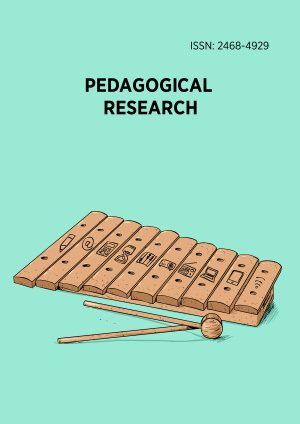Abstract
The prime aim of the study was to investigate and understand first-year pre-engineering students’ perceptions about mathematics teachers’ knowledge and instruction. A case study method was employed as a mode of inquiry and a Likert-type survey for data collection. Participants included 158 first-year pre-engineering students and five mathematics teachers from Assosa University, Ethiopia. IBM SPSS statistics 20 was used to analyze the quantitative survey data, and open-ended qualitative questions were analyzed by creating common themes. The mean score for each category of teachers’ knowledge was computed. Accordingly, the higher mean was obtained for subject matter knowledge, and the lower mean was obtained for instructional representation and strategies category. The study revealed that students believe their teachers’ subject matter knowledge is constructive. Students have confidence in their teachers’ subject matter knowledge. However, students also believe that their teachers’ teaching methods and overall instructional strategy should be improved. Finally, we proposed that students’ evaluation of their teachers’ knowledge can develop higher education teachers’ professional growth to improve engineering students’ mathematics teaching and learning.
License
This is an open access article distributed under the Creative Commons Attribution License which permits unrestricted use, distribution, and reproduction in any medium, provided the original work is properly cited.
Article Type: Research Article
PEDAGOGICAL RES, Volume 7, Issue 3, July 2022, Article No: em0127
https://doi.org/10.29333/pr/12094
Publication date: 18 May 2022
Article Views: 2096
Article Downloads: 1242
Open Access Disclosures References How to cite this article
 Full Text (PDF)
Full Text (PDF)